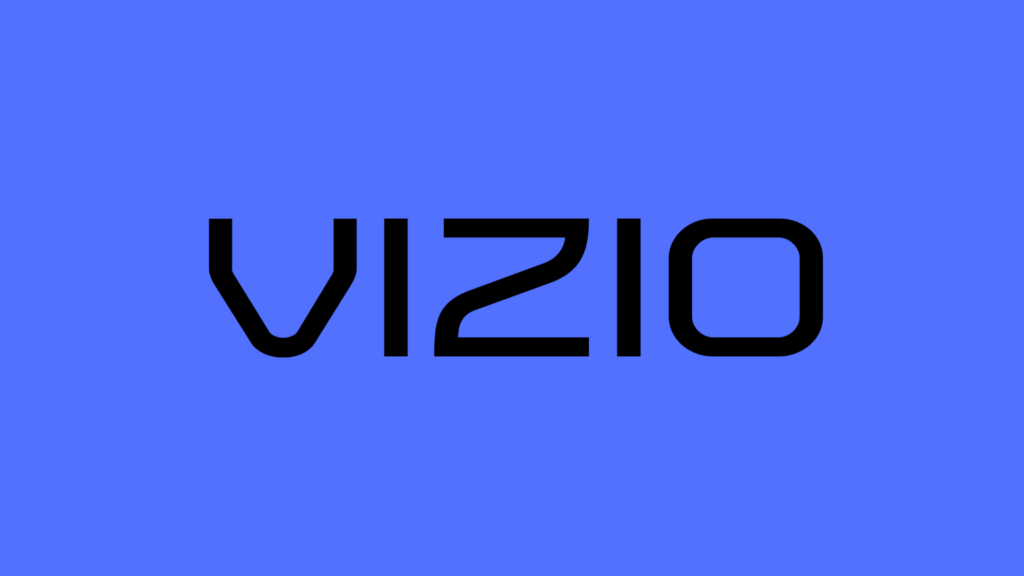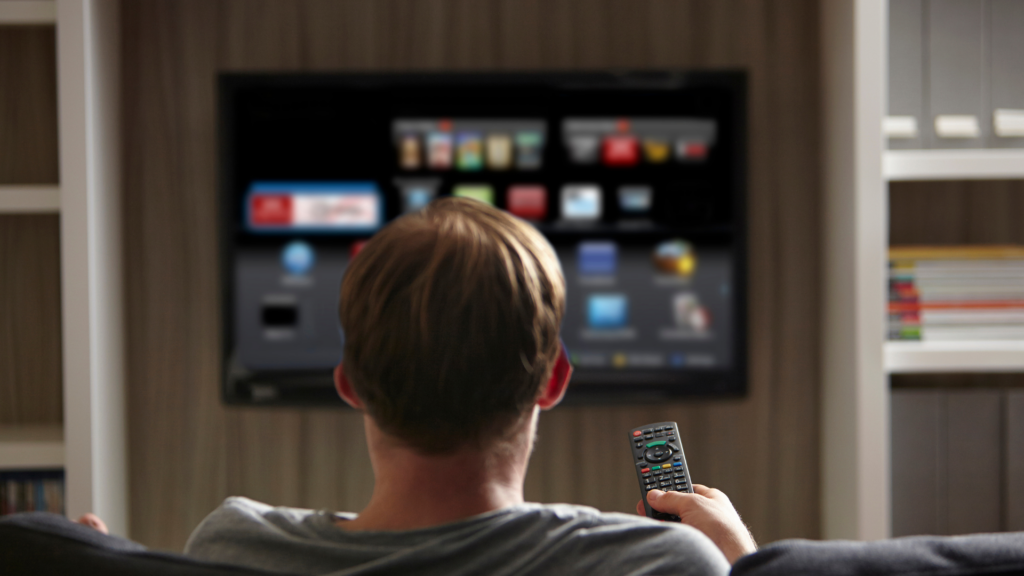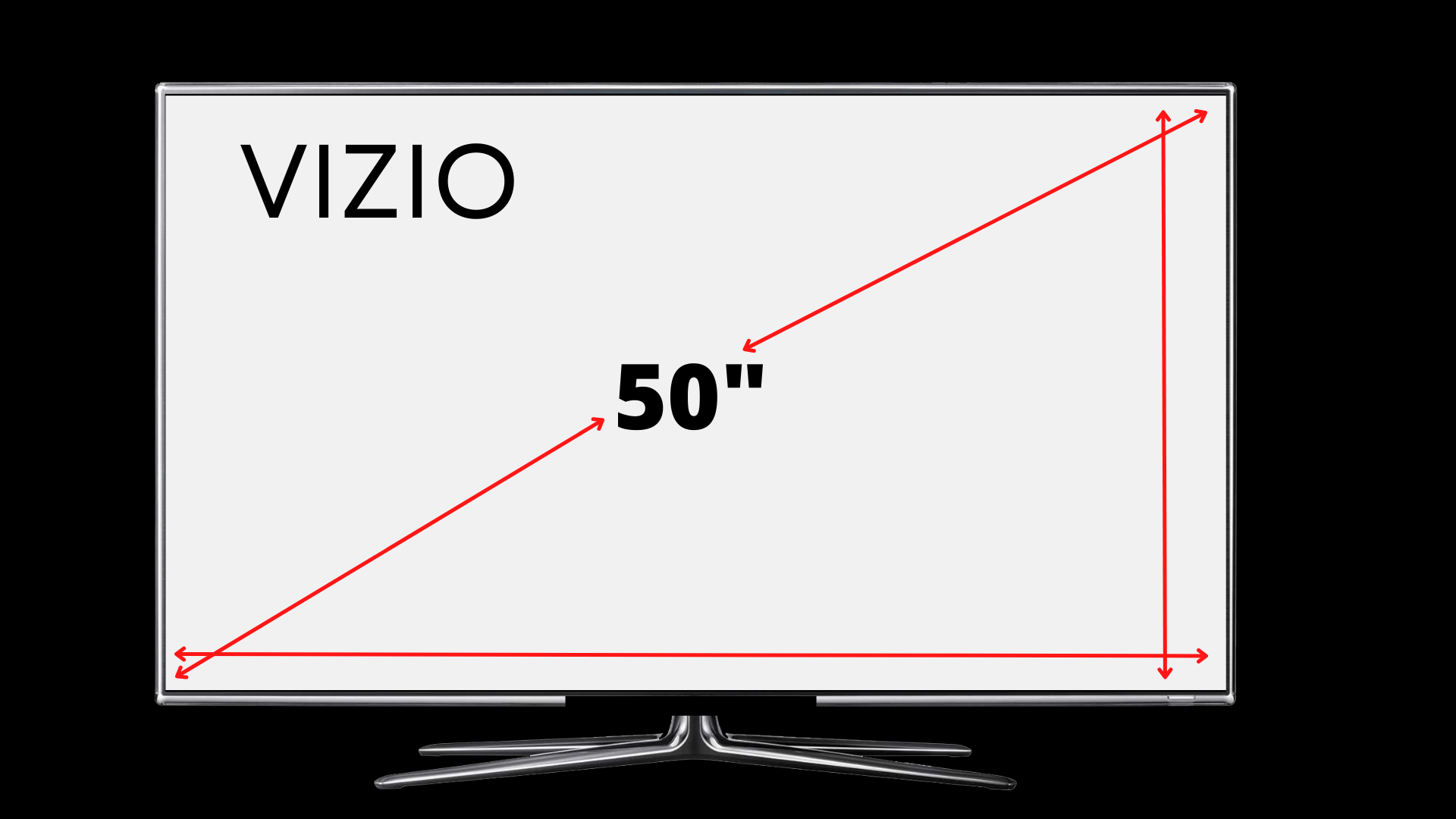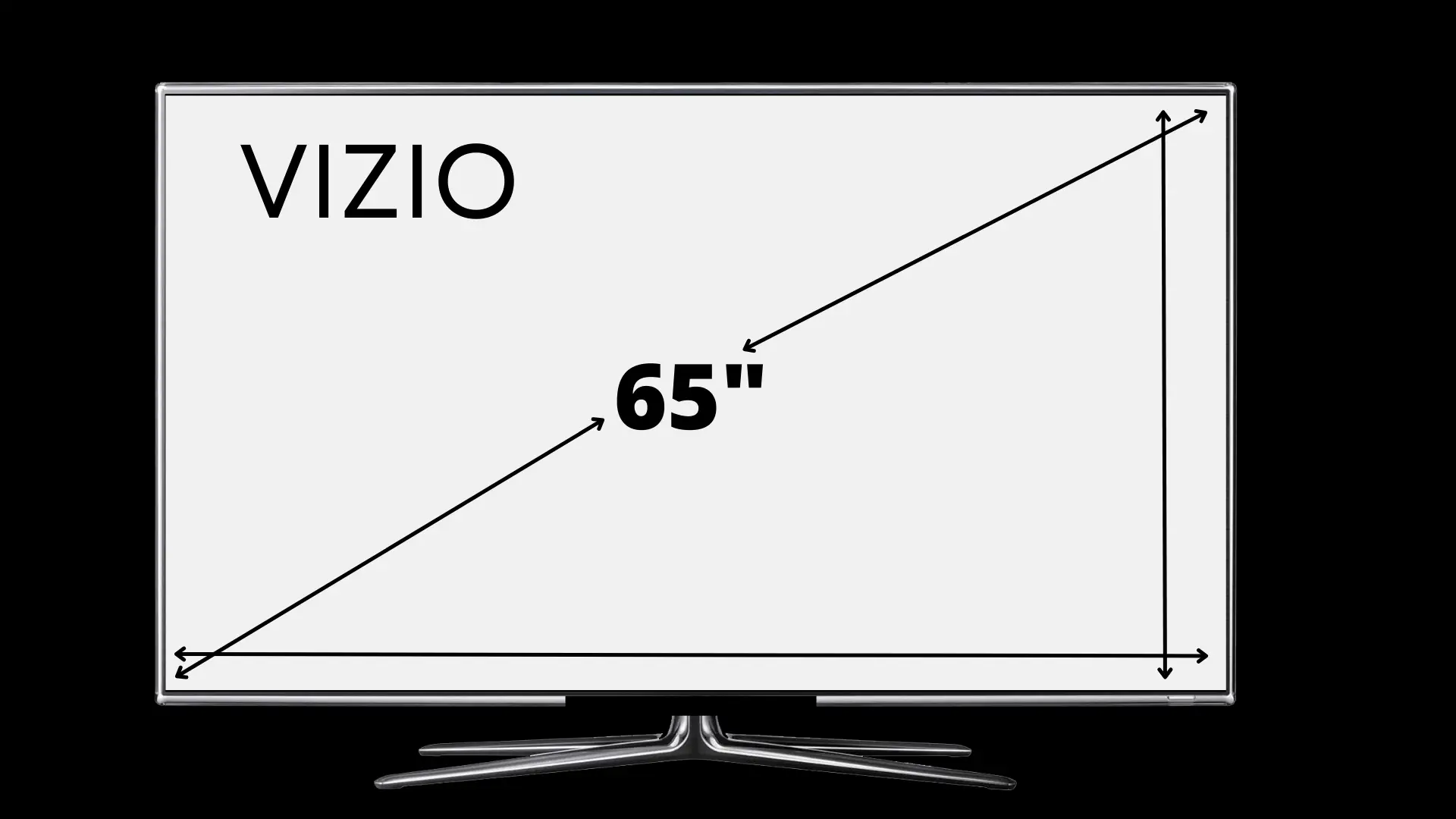
Vizio, a well-known electronics company, has made a name for itself in the television industry, providing affordable and high-quality TVs. Established in 2002 by William Wang and his founding employees, the brand has evolved significantly, offering a wide range of televisions and home entertainment products. Despite being a separate company, many people often wonder if Vizio is owned by the long-established electronics giant, Sony.
Sony, another major player in the television and electronics market, is well-regarded for its innovative technologies and top-notch products. Having its own extensive and diversified product line, Sony operates independently when it comes to the manufacturing and marketing of their electronic goods. However, there is no denying that both Vizio and Sony engage in fierce competition to attract consumers to their products.
Although these two companies follow different strategies in their operations, it is essential to clarify their relationship and discuss the realities of their ownership structures and market presence. This way, consumers can better understand their options when looking to purchase electronics, especially televisions, from these popular brands.
Key Takeaways
- Vizio and Sony are separate and independent companies in the electronics industry
- Both brands compete in the television market, offering a variety of products with different features.
- Vizio targets budget-conscious consumers, while Sony appeals to the premium segment.
- Vizio leverages partnerships for product enhancement, Sony prefers acquisitions.
Sony’s Relation to Vizio
Vizio is an independent American electronics company, not under the control or ownership of Sony, its Japanese counterpart. Both these companies operate separately in the fiercely competitive electronics market, each bringing unique products and strategies to the table.
There have been certain interactions between the two. Notably, in 2009, Sony Corporation became a licensee under Vizio’s robust patent portfolio, largely oriented towards cutting-edge digital television technology. Despite such interactions, it’s crucial to understand that these do not imply an ownership stake.
Instead, Vizio and Sony continue to function independently, each with its own distinct ownership structure. They engage in healthy competition within the consumer electronics market, providing a diverse range of products to a global customer base. Therefore, although Vizio has licensed its patent portfolio to Sony, the two are separate entities, each thriving in their respective business spaces.
Vizio and Sony: Company Overviews

Vizio is a privately owned American electronics company based in Irvine, California. The company was founded in 2002 as V Inc. by entrepreneur William Wang and two founding employees. In 2004, the company name was changed to Vizio. Vizio is well-known for producing high-definition televisions, laptops, surround-sound systems, and wireless audio equipment. To date, the company has sold over 80 million TVs and 11 million soundbars since its inception.
On the other hand, Sony is a multinational conglomerate corporation based in Japan. The company is a powerhouse in various industries, including electronics, entertainment, and gaming. It is important to note that Vizio has licensed its digital TV patent portfolio to Sony in 2009. However, this licensing agreement does not indicate that Sony owns Vizio. Sony and Vizio are separate entities, and Vizio is not a subsidiary of Sony.
In the highly competitive consumer electronics market, Sony and Vizio have established themselves as significant players, albeit with different brand perceptions and scales of operation. Vizio, valued at over $4 billion, has positioned itself as an affordable electronics distributor. This strategic positioning has fueled its growth, turning it into a household name despite being relatively smaller compared to industry giants like Sony.
Sony, with a staggering valuation of $75 billion, is a more established and diversified player. It extends its presence across various fields including gaming and professional electronics. While Vizio has certainly carved out a substantial market share by offering quality products at competitive prices, its potential for growth, when juxtaposed with Sony’s vast operations, is still evolving.
Market Competition Between Vizio and Sony
As television manufacturers, both Vizio and Sony offer TVs with similar features, such as size and resolution. They cater to different segments of the market, with Vizio’s TVs leaning towards more affordability and competitive pricing. Sony positions itself as a premium brand with comparatively higher pricing but better performance regarding picture quality, color accuracy, and motion handling.
This competition between Vizio and Sony has led to a notable rivalry in the television market. Vizio’s main selling point is the reasonable prices of its products without compromising on delivering quality performance. It often appeals to budget-conscious customers who seek TVs with excellent value for money.
Sony’s reputation as a reputable brand extends to its televisions, where it focuses on delivering an exceptional viewing experience. Sony’s TVs are often praised for their processing capabilities, motion handling, and image quality. These attributes make Sony televisions a desirable choice for those willing to spend more for a higher-quality product.
This market competition ensures that customers have a wide array of options to choose from, according to their preferences and budget constraints. Vizio and Sony continue to innovate and release new products with advanced technologies, striving to capture a more significant share of the market and attract more customers.
Vizio’s Partnerships and Collaborations
To produce its products, Vizio has built partnerships and collaborations with several OEM manufacturers in Asia. For instance, their televisions are manufactured by a Taiwan-based company called AmTran. Vizio follows a business model similar to Apple, where the design of the products takes place in the United States, while the actual manufacturing is outsourced to their partners.
In addition to manufacturing collaborations, Vizio has also formed partnerships with other brands or platforms to expand their products’ capabilities. For example, Vizio offers integration with popular streaming platforms, such as Netflix, Amazon Prime, and YouTube, enhancing their customer’s entertainment experience.
Throughout its growth, Vizio has continued to collaborate with various technology companies, promoting innovation and improving its product range. These partnerships have played an essential role in maintaining Vizio’s reputation for delivering high-quality, yet affordable electronics to the market.
Sony’s Acquisition Strategies
Sony Group Corporation, a multinational conglomerate based in Japan, ranks amongst the world’s largest media conglomerates. Over the years, Sony has been actively involved in acquiring and investing in companies, with a total of 92 acquisitions and stakes in 56 companies as of March 2010.
In recent times, Sony’s acquisition strategy has evolved. 2021 marked a new approach as the company acquired a record five studios, reflecting a more aggressive stance in acquiring businesses. Previously, Sony’s acquisition philosophy was driven by a “first, best, must” approach. This implied that Sony would prioritize a select few strategic acquisitions rather than making multiple acquisitions in a short time span.
Vizio, on the other hand, is a privately-owned American electronics company with a focus on developing and manufacturing entertainment electronics such as high-definition televisions, laptops, and audio equipment.





